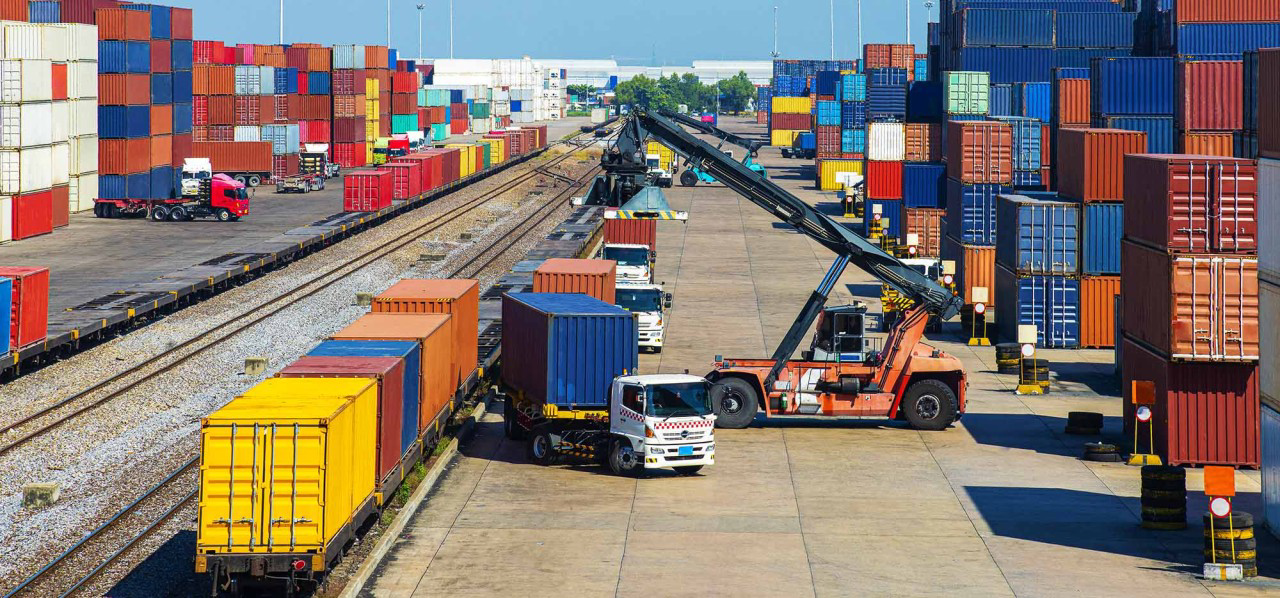- 01144460900
- info@seatimelogistics.com

Rail freight refers to the transportation of goods and commodities via trains along railway networks. It is a crucial component of the global supply chain, offering a cost-effective, efficient, and environmentally friendly alternative to other modes of freight transportation, such as trucks, ships, and airplanes. Here's an overview:
Key Characteristics:
- Efficiency: Rail freight is well-suited for transporting large volumes of goods over long distances.
- Cost-Effectiveness: Typically cheaper than road and air transport for bulk goods.
Types of Goods Transported:
- Bulk commodities: Coal, grain, ores, and minerals.
- Consumer goods: Electronics, vehicles, and retail products, often transported in intermodal containers.
Advantages:
- High load capacity.
- Fixed routes and dedicated infrastructure improve safety and reliability.
Challenges:
- Limited Flexibility: Rail networks are fixed and may not serve all destinations directly.
- Infrastructure Requirements: Requires significant investment in rail tracks, terminals, and maintenance.
Rail freight remains a vital link in global trade and domestic logistics, especially for industries requiring large-scale transportation of goods efficiently and sustainably.
